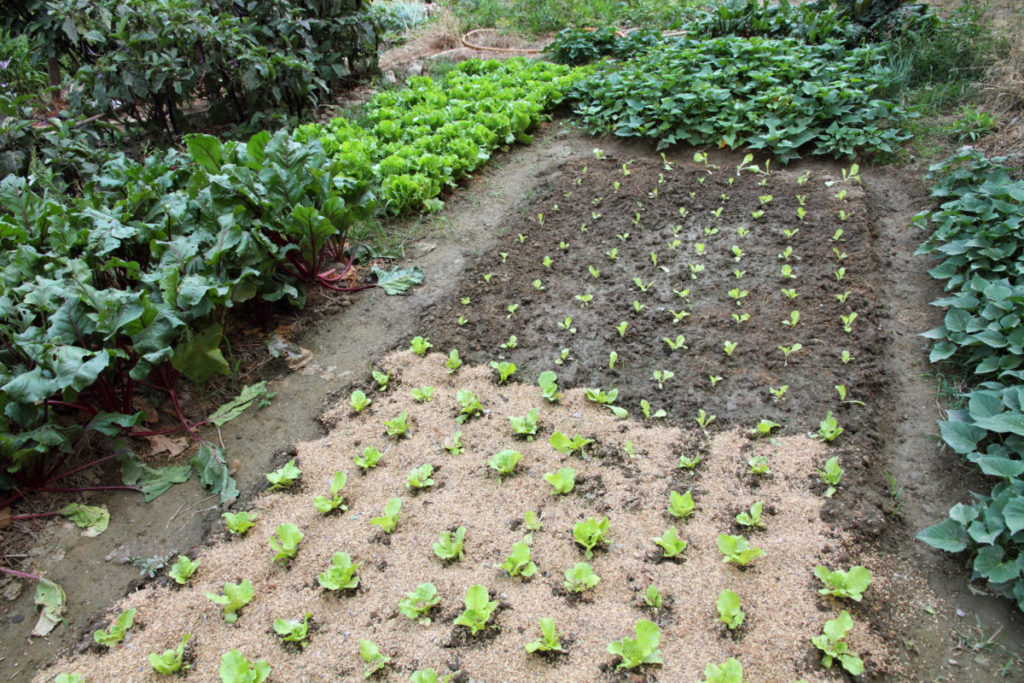Air plants, also known as tillandsia, have become increasingly popular houseplants in recent years. With their unique shapes and minimal care requirements it’s easy to see why! But many air plant owners don’t realize that proper spacing is crucial for their air plants to thrive. In this article we’ll explore why spacing matters for air plants and provide tips on how to space your air plants for optimal health and beauty.
Why Proper Spacing Matters
Air plants absorb most of their moisture and nutrients directly from the air hence their name. This makes air circulation critical for their survival. When air plants are crowded too closely together it restricts air flow and increases humidity around the plants. This leads to a higher risk of fungal infections and root rot due to lack of proper drying. It also causes weaker growth as the plants compete for resources and sunlight.
With proper spacing between each plant, you ensure each one gets adequate air flow and circulation to dry fully after their weekly soak. This prevents disease and allows your air plants to uptake the nutrients they need from the air to support strong, vibrant growth. Proper spacing also allows each plant to get sufficient sunlight exposure. Like all plants, air plants undergo photosynthesis and require light to create their food and energy.
In addition to the health benefits, properly spaced air plants make for an aesthetically pleasing display as well. With enough room between each plant, you can fully appreciate their unique shapes and intriguing designs. An overcrowded arrangement hides the inherent beauty of each plant.
Recommended Spacing Guidelines
So how much space should you allow between each air plant in your arrangement? Here are some general spacing guidelines to follow:
-
Large air plants (4-6 inches wide) should be spaced 8-12 inches apart.
-
Medium air plants (2-4 inches wide) should be spaced 5-8 inches apart.
-
Small air plants (1-2 inches wide) should be spaced 3-5 inches apart.
These ranges provide enough space for sufficient air circulation while still allowing you to cluster multiple plants together in an attractive display.
Of course, the exact spacing may vary slightly depending on the size and shape of your particular plants. For example, upright, slender air plant varieties can be placed slightly closer than wide, bushy varieties. But use the above as a starting guideline and adjust as needed.
It’s also important to note that proper spacing needs to be maintained in all directions around each plant, not just between plants set in a line. Air needs to flow all around each plant to reach the innermost leaves and central base.
Tips for Proper Spacing
Here are some useful tips for giving your air plants proper spacing in any type of display:
-
Allow plants to drape naturally: Don’t try to tightly bunch plants that have trailing or cascading shapes. Allow them to drape down naturally with space between.
-
Avoid overcrowding wall mounts: When mounting air plants on a vertical surface, don’t cluster too many close together. Space them out to prevent an overcrowded look.
-
Use containers of appropriate size: If displaying multiple air plants in the same vessel, choose containers large enough to allow adequate space between plants.
-
Elevate some plants: Elevate certain plants higher up or lower down to create more space between plants that are on the same level.
-
Re-space plants as they grow: As your air plants mature and expand in size, re-space them accordingly to maintain proper room between each plant.
-
Split up congested plants: If plants already seem stunted or competing for space, divide them up into two or more containers to allow them to grow freely.
-
Water less frequently for crowded plants: If unable to properly space plants right away, water them less often to avoid rot until they can be divided.
With a little forethought and care, spacing your air plants properly is simple. The visual impact of a well-spaced arrangement is remarkable. More importantly, the health benefits of proper air circulation will keep your air plants looking their best for years to come. Aim for beauty and vitality by giving your air plants the room they need to thrive!

Try These Easy-Care Air Plants Today!
1. A 20-30 minute weekly soak is recommended for most air plant species with supplemental misting as needed.
2. After watering, make sure the air plants have enough light and air circulation to dry within a few hours. Although air plants thrive in containers, its advisable not to showcase them in enclosed ones. Its important to ensure they are completely dry before placing them back in a container that might limit air circulation.
3. Give them bright, indirect sunlight or consistent full-spectrum fluorescent home or office lighting.
4. Protect them from frosts as air plants prefer warm conditions between 50-90 degrees Fahrenheit. If you are growing them indoors and the air is dry, you will need to submerge the plant in water about 7-10 days and mist them every few days between soaks.
5. Never plant air plants in soil!
6. Fertilizing monthly will help promote blooms and pups and will give your air plants the nutrients they need to thrive. Our one-year supply of air plant fertilizer is available here or try our Ready-to-Use premixed solution.
Take the Air Plant Quiz
Discover which of the Tillandsia align with your lifestyle through our quiz!
How to Grow and Care For Air Plants | GARDEN | Great Home Ideas
FAQ
Where is the best place to put an air plant?
What is the lifespan of an air plant?
